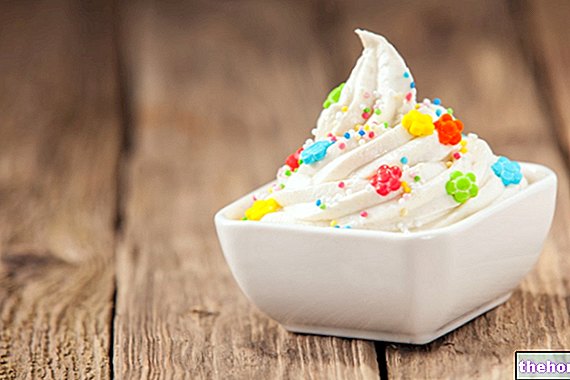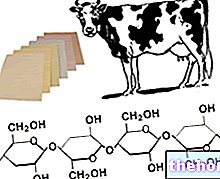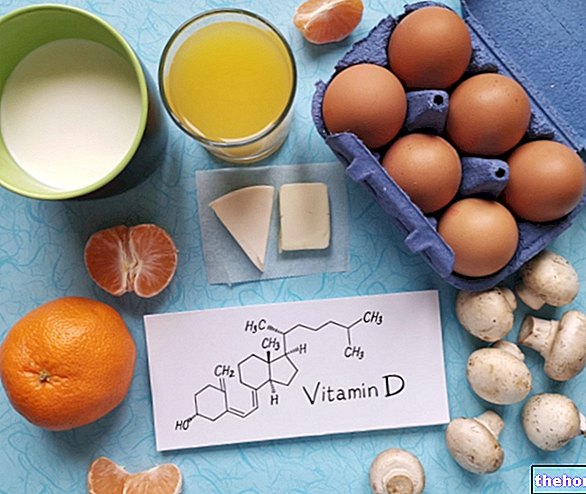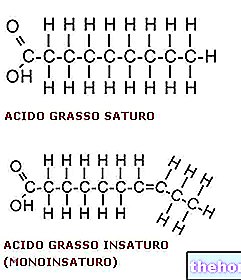It is a peptide compound typically contained in some cereals, especially in wheat or wheat and the like (spelled, spelled, triticale, kamut), but also in rye, barley and often in oats.

In the seeds of origin, the proteins that make up the gluten have the function of nourishing the embryo during germination; originally separated in the endosperm of the caryopsis, they combine together to form gluten in flour-based doughs, after activating the water ( in which they do NOT dissolve but are assembled).
Gluten helps to give the elastic properties necessary for natural leavening, which occurs thanks to the energy metabolism of Saccharomyces cerevisiae (biological starter).
However, in predisposed subjects, the intake of this nutrient triggers more or less serious adverse reactions (eg celiac disease of celiacs and non-celiac gluten sensitivity).
- Albumin (9%)
- Globulins (5-7%).
* Note: The toxicity of avenins in subjects hypersensitive to gluten depends on the type of cultivar, because the immunoreactivities to prolamins are different according to the variety of oats in question. Additionally, many oat products are crossed with other gluten-containing grains.
or wheat, the gliadins (formed by a "single protein chain) begin to associate forming fibrils (small and thin fibers), which confer extensibility to the gluten mass.- If the former prevail, the gluten reticulum can extend and therefore rise more.
- If, on the other hand, glutenins prevail, the mesh is more rigid, it stretches less and consequently the leavening is lower.
- During the mechanical action of kneading, the gliadin fibrils and the glutenin fibers begin to intertwine, forming a three-dimensional mesh (protein content 75-85%), which incorporates starch granules (10-15%), lipids ( 5-10%), small quantities of mineral salts, water (which gluten can hold up to 70% of its weight) and air bubbles which, as we shall see, are very important for leavening and baking.
- By adding the yeasts (Saccharomyces cerevisiae) in the right quantities, in the presence of an adequate temperature, the foundations are laid for the fermentation of carbohydrates (starch or glucose) and the consequent production of alcohol and carbon dioxide.
- Alcohol and carbon dioxide combine in air bubbles which, incorporated by gluten, expand progressively, enlarging and stretching the gluten mesh. This is the phenomenon that allows to increase the volume of the dough.
- Subsequently, during cooking, the denaturation / coagulation of proteins takes place and the gluten - which loses elasticity - irreversibly stabilizes the structure and shape of the dough, which becomes "food" (bread, focaccia, pizza, etc.).
The gluten of durum wheat, for example, is more resistant and tenacious than that of soft wheat, so much so that the flour of the latter can be used for the preparation of bread and panettone, while durum wheat flour ( called semolina) is ideal for the preparation of pasta.
The proteins of some cereals, such as rice and corn, are unable to form gluten, which is abundant especially in wheat (it contains up to 80% of glutenin and gliadin of the total protein).




























